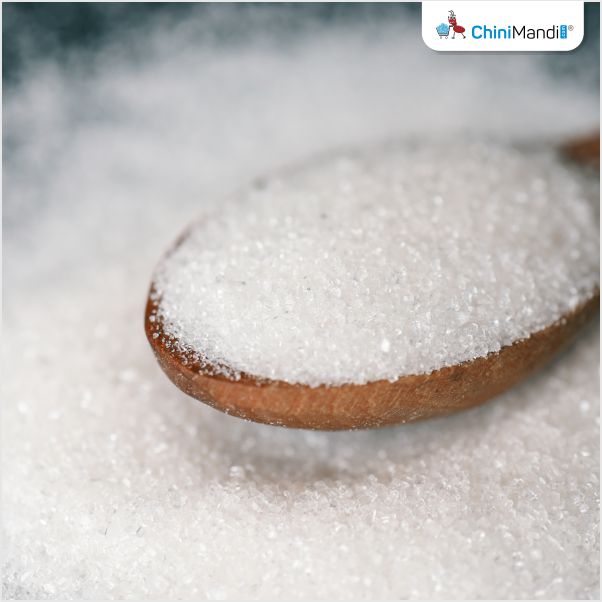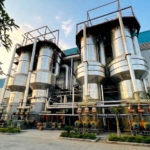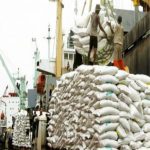Cuba’s sugar production has dropped below 150,000 tons in the 2024–2025 harvest, the lowest level in more than 100 years, according to the EFE agency citing official sources.
The result is far short of the state target of 265,000 tons and highlights the ongoing collapse of an industry that for decades was the backbone of the Cuban economy. Limited sugarcane supply, frequent power outages, fuel shortages, and aging infrastructure have all contributed to the decline.
By May, it was already expected that output would fall below 200,000 tons, at the time a record low, confirming that the government’s plan would fail. The downward trend has persisted for years.
In Villa Clara province, sugar production has missed targets every year since 2019. The Héctor Rodríguez and Quintín Bandera mills produced less than half of what was planned due to low planting, a shortage of seeds, and incomplete industrial repairs, in what officials described as a setting marked by improvisation.
The crisis has deepened since 2002, when the government shut down more than 100 sugar plants, sharply reducing industrial capacity. Today, Cuba cannot meet domestic demand, estimated between 600,000 and 700,000 tons annually, and once again depends on imports to cover basic needs.
Once a symbol of national pride and a main source of foreign currency, the country’s sugar industry is now in structural decline, with no clear signs of recovery.
















